A quick and easy steamed radish stir-fry recipe, popularly known as mullangi thuvattal, radish mash, or dry radish masiyal! Follow along with a detailed video and step-by-step instructions to learn this simple dish.
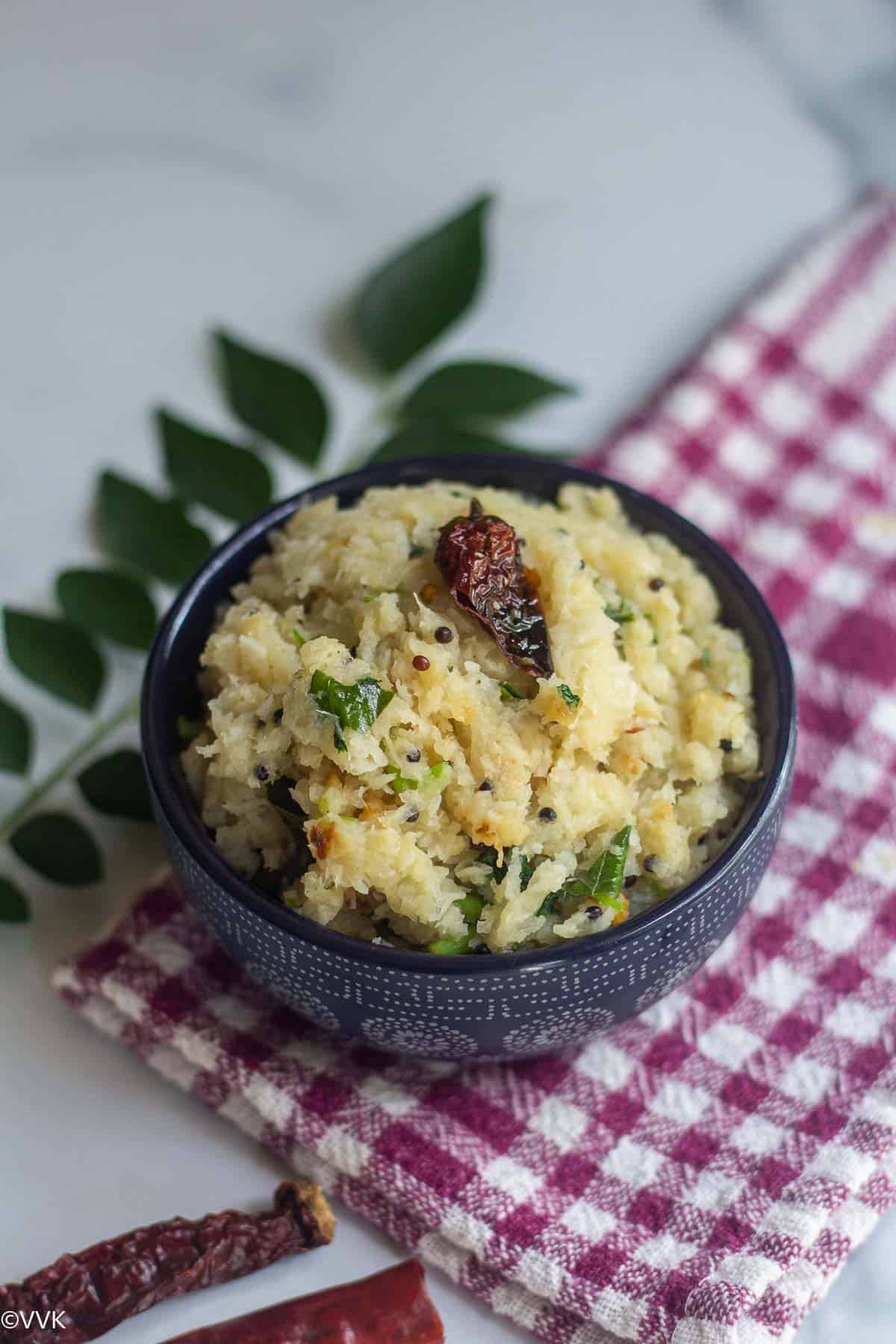
Radish, or mullangi, often underappreciated, is a versatile vegetable with earthy notes that can be transformed into delicious dishes like this radish thuvattal, sambar, paratha, or simple poriyal. Today, I’m sharing a simple and flavorful recipe for a radish/mullangi curry that’s perfect as a side or served with hot rice, a dollop of ghee, and some crispy papad or creamy raita.
Jump to:
The highlight of this dish is that it’s so simple with minimal ingredients yet delicious and can be served in multiple ways. Trust me, once you try this radish mash, you’ll see how easy it is to turn humble radish into something extraordinary. Give it a go, and let me know how you enjoy it!
Ingredients required
Radish: It’s the key ingredient, and I have used white radishes that you find in Indian groceries. You can also use the daikon radish variety.
To temper: I prefer coconut oil as it adds much flavor. But you can use the oil of your choice. We need mustard seeds, urad dal, chana dal, and dried red chilies, to temper.
Herbs: We need a few curry leaves and lots of cilantro, which will add flavor to this curry, so don’t skip that.
Coconut: We need grated coconut for this curry. You can try without adding coconut, too. Instead of coconut, you can add almond flour.
Apart from these ingredients, we need salt and water to steam the radishes. Please check the recipe card for exact measurements.
Prepping the radish
I used three medium-sized white radishes weighing about 580 grams for this recipe. Start by peeling the skin and cutting them into halves. I prefer steaming the radishes before grating them because it mellows the earthy taste, making it a family favorite. However, if you like, you can skip steaming, grate the raw radish, and cook it directly—it’s all about personal preference.

This method works wonderfully for other vegetables like carrots or noolkol (kohlrabi), so feel free to experiment! You can make a similar curry with carrots and noolkol. I have already shared carrot thuvattal; if interested, check it out.
Dietary specifications and serving suggestions
This radish curry is naturally vegan and gluten-free. This simple radish curry (mullangi masiyal/thuvattal) pairs beautifully with hot steamed rice, ghee, and raita. You can also serve it as a standalone salad along with some soup for a complete radish feast.
Watch me make radish mash along with pitlai
Here is a detailed video of how I made bitter gourd pitlai and this thuvattal for our weekend meal. You can also see how I cook the veggies and dal in my 10L pressure cooker.
How to make steamed radish stir-fry
Steaming the radish
- I have used my stove-top pressure cooker to steam the radishes. You can use an Instant Pot, too; in that case, steam for 5 minutes and release the pressure naturally. Once steamed, grate the radish. Steaming makes it soft and easy to grate, whether you prefer a fine or coarse texture.
Preparing the curry
- Heat coconut oil in a cast iron pan for added flavor.
- Temper mustard seeds, letting them splutter, and add urad dal, chana dal, and red chilies. Sauté until the mustard seeds pop.
- Carefully add the grated radish and mix well. Spread it evenly in the pan, allowing it to form a slight crust for added texture.
- Add salt, cilantro, and grated coconut. Mix thoroughly, ensuring no lumps remain.
- Cook until the moisture evaporates, stirring and lightly mashing the mixture to blend flavors.
You can roast it a little longer for extra flavor, but I like to turn it off while it’s still moist and fluffy.
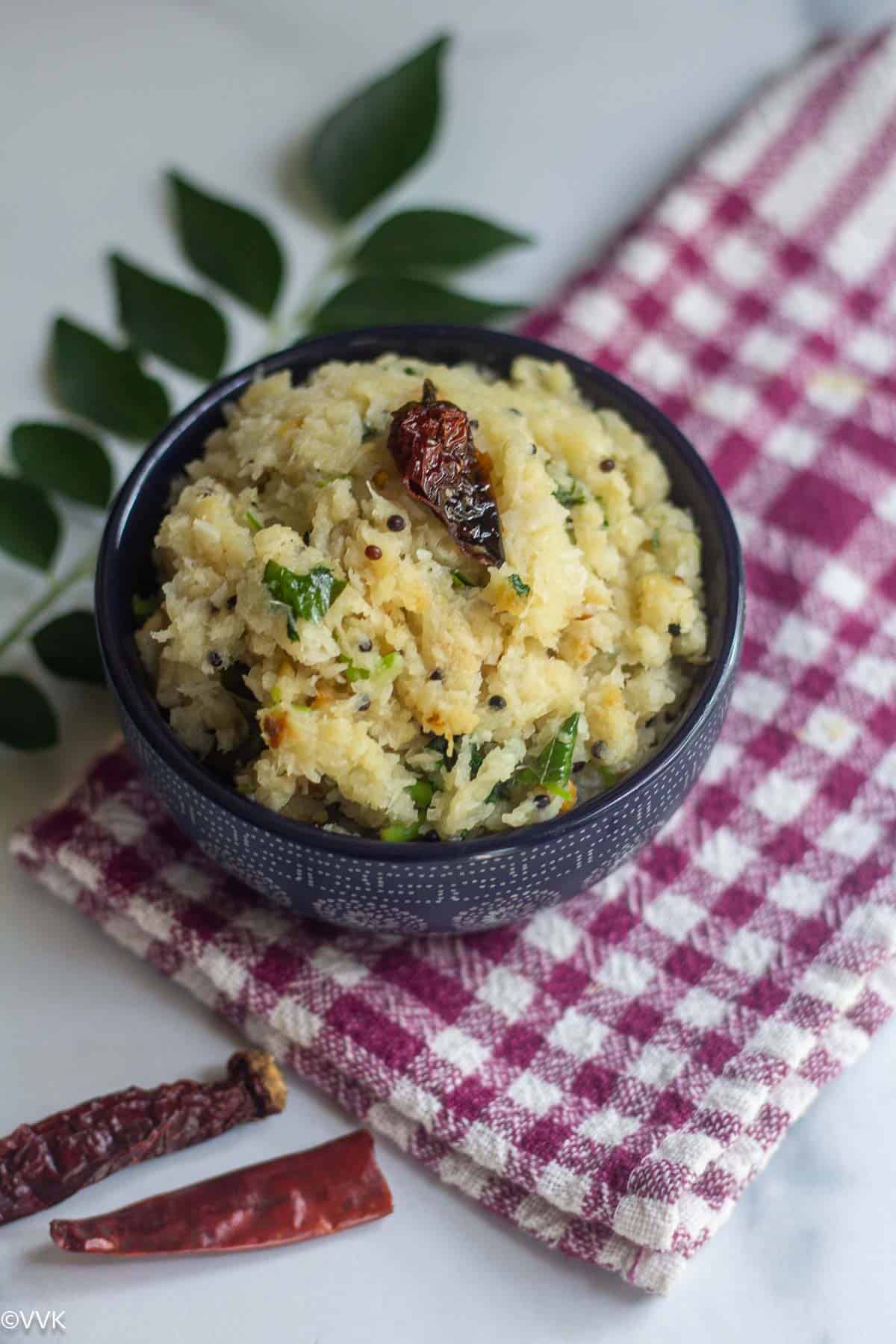
Recipe Notes
- Adjust the salt and spice to taste.
- You can make a similar dish with carrots or noolkol.
- I recommend coconut oil for tempering, but you can also use any neutral or peanut oil.
- You can skip steaming the radishes, grate them, and cook them directly—it’s all about personal preference.
More South Indian dry curries
PS: If you try this radish poriyal, please don’t forget to comment and rate this recipe. If you have any questions, please leave a comment, and I will get to it ASAP. Make sure to follow me on my Pinterest for more healthy and delicious ideas! Follow me on Instagram or join my Facebook Group for more recipe updates! You can also sign-up for my newsletter for weekly updates.
📖 Recipe
A Flavorful Twist with Radish: Mullangi Thuvattal | Grated Radish Mash
Equipment
- Instant Pot or Pressure Cooker
Ingredients
Measurement Details: 1 cup = 240ml; 1 tbsp: 15ml; 1 tsp: 5ml;
- 580 grams white radish (steamed and grated)
- 2 tsp coconut oil or peanut/neutral oil
- 1 tsp mustard seeds
- 1 tsp urad dal
- 1 tsp chana dal
- 2 dried red chilies cut
- ¼ cup cilantro chopped
- 5 to 6 curry leaves
- ¾ tsp salt adjust to taste
- ⅓ cup coconut grated
Instructions
- I have used my stove-top pressure cooker to steam the radishes. You can use an Instant Pot, too; in that case, steam for 5 minutes and release the pressure naturally. Once steamed, grate the radish. Steaming makes it soft and easy to grate, whether you prefer a fine or coarse texture.
- Heat coconut oil in a cast iron pan for added flavor.
- Temper mustard seeds, letting them splutter, and add urad dal, chana dal, and red chilies. Sauté until the mustard seeds pop.
- Carefully add the grated radish and mix well. Spread it evenly in the pan, allowing it to form a slight crust for added texture.
- Add salt, cilantro, and grated coconut. Mix thoroughly, ensuring no lumps remain.
- Cook until the moisture evaporates, stirring and lightly mashing the mixture to blend flavors.
- You can roast it a little longer for extra flavor, but I like to turn it off while it’s still moist and fluffy.
Video
Notes
- Adjust the salt and spice to taste.
- You can make a similar dish with carrots or noolkol.
- I recommend coconut oil for tempering, but you can also use any neutral or peanut oil.
- You can skip steaming the radishes, grate them, and cook them directly—it’s all about personal preference.
Nutrition
I am not a nutritionist. The nutritional information is provided as a courtesy and is an estimate only. It varies depending upon the product types or brands.



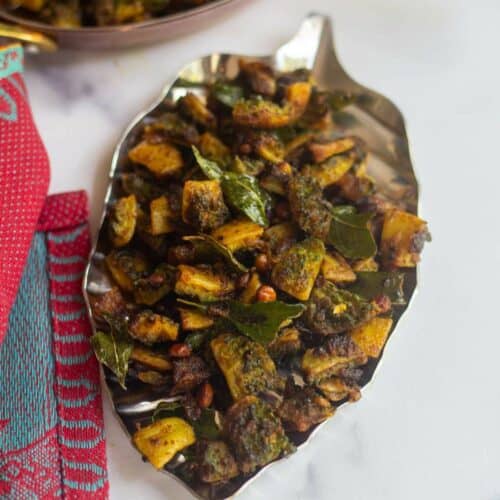
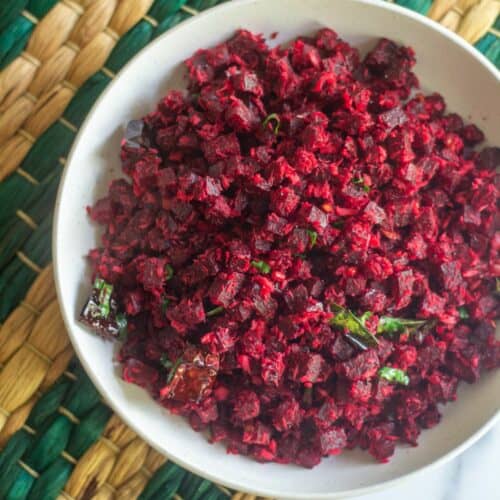
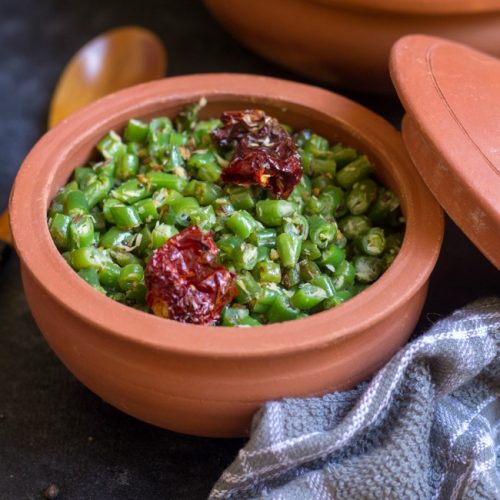
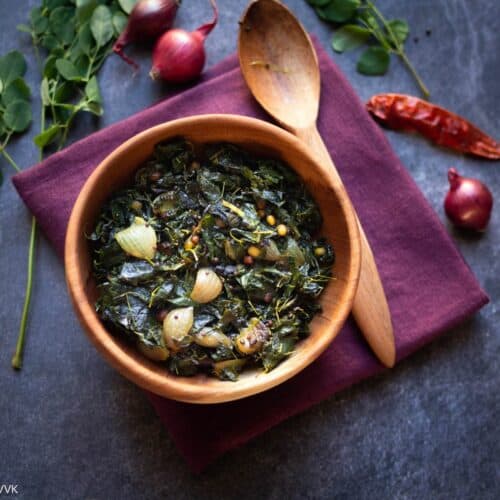
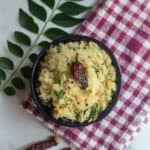

Loved this simple recipe. Reminds me of the konkani dish upkari . I tried this with radish and carrot separately. Also with and without cilantro. The flavor of coconut oil and radish is amazing.
Thank you :-)